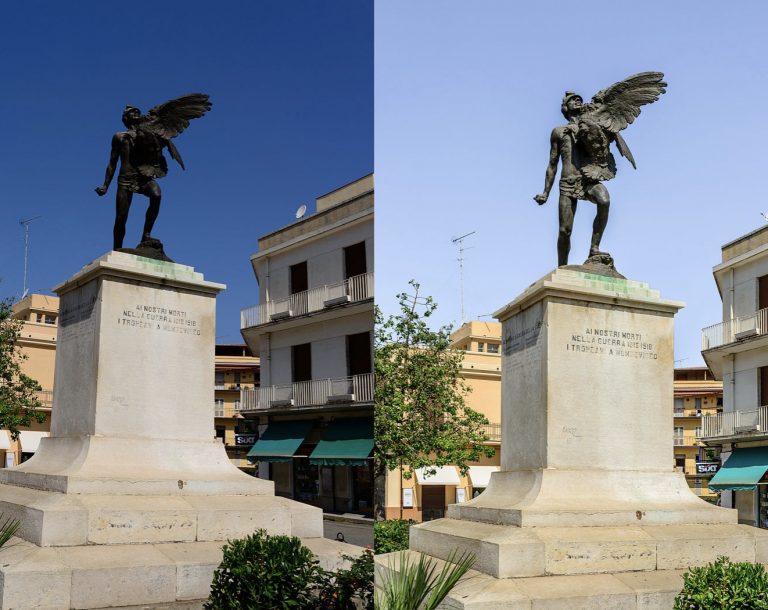A lot of photography chooses to shoot raw over JPEG due to the creative flexibility they get at the time of processing their files. In this article, we are going to tell you about the difference between raw and JPEG format and the suitability and usefulness of individual file formats.
About reaConverter
reaConverter is an excellent image converter that you can find on the web. This converter can convert your existing image format into any conceivable image file format. In addition to it, users can perform a wide range of functions on the image to make it more presentable, appealing, and impressive.
reaConverter image converter software has been used by a thousand people all over the world. It has been known for its versatility, automatic processing of images, and powerful batch editing features. The software is designed to be highly intuitive, automated, and user-friendly. Users can perform numerous editing functions on their image, and save it on their devices when done.
JPEG
JPEG files are processed in the camera. The way they are processed is different from one model to another. The exposure and color temperature are set based on camera settings when the image gets clicked.
The camera will process the image for adding blacks, brightness, contrast, sharpening, noise reduction, and render the image to a compressed JPEG. Such image files are lossless formats. They can be seen and printed instantly after a shot. Also, the dynamic range detail in these files is greatly lowered when compared to RAW files.
About A Raw File
Any image that a person clicks in a digital camera gets recorded in the form of raw data. If your camera setting is set to “raw” mode, then there will be no processing applied to the image. In this way, the file will store more color and tonal data. With greater storage of data in the file, it can offer greater possibilities of processing flexibility compared to a JPEG file.
What Are the Differences Between a Raw File and A JPEG File?
The JPEG processing produces a better-looking image. This processing can’t be undone. A raw file is processed by the user so he/she can decide the way an image will appear. Raw file format offers a greater level of creative processing flexibility to the user. Noise reduction can be applied more effectively to any raw file when compared to a JPEG.
In the case of a JPEG file, a white balance is applied using the camera. There are lesser alternatives available to change it after executing the processing. On the other hand, in a raw file, the user has full control over the white balance at the time of modifying the image.
Conclusion
To decide between saving a file in raw form or a JPEG form on a digital camera isn’t easy. It can cause a significant influence on the possibilities and processing options available. The above differences between raw and JPEG file formats clearly show that saving an image in raw form is more beneficial in terms of editing options to correct exposure issues.

0 Comments